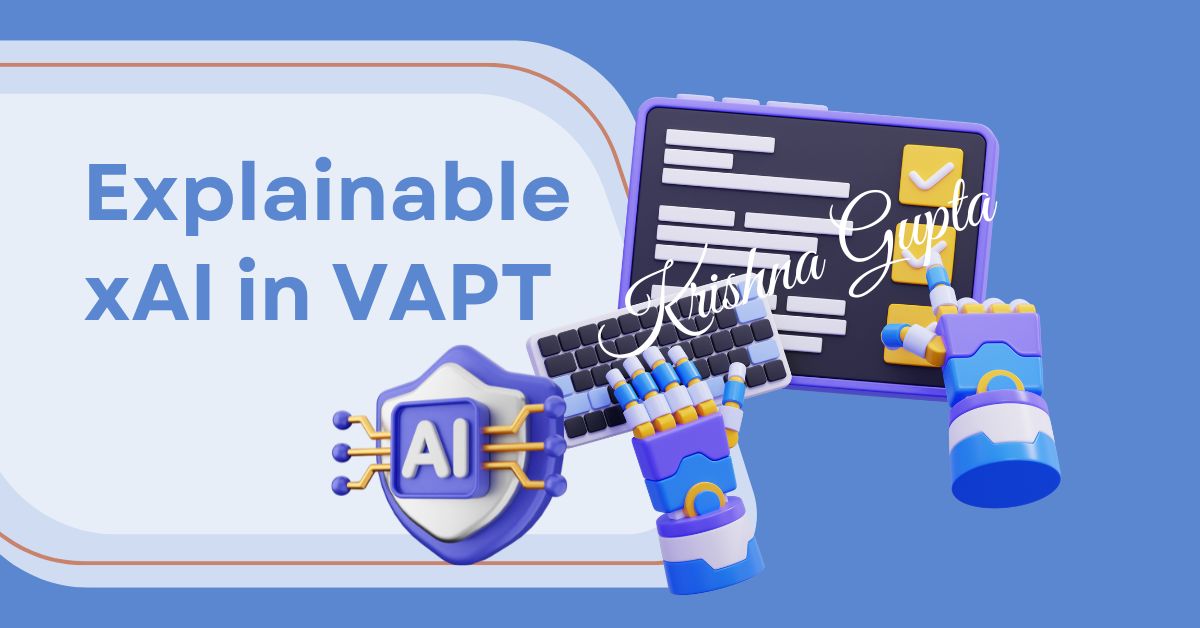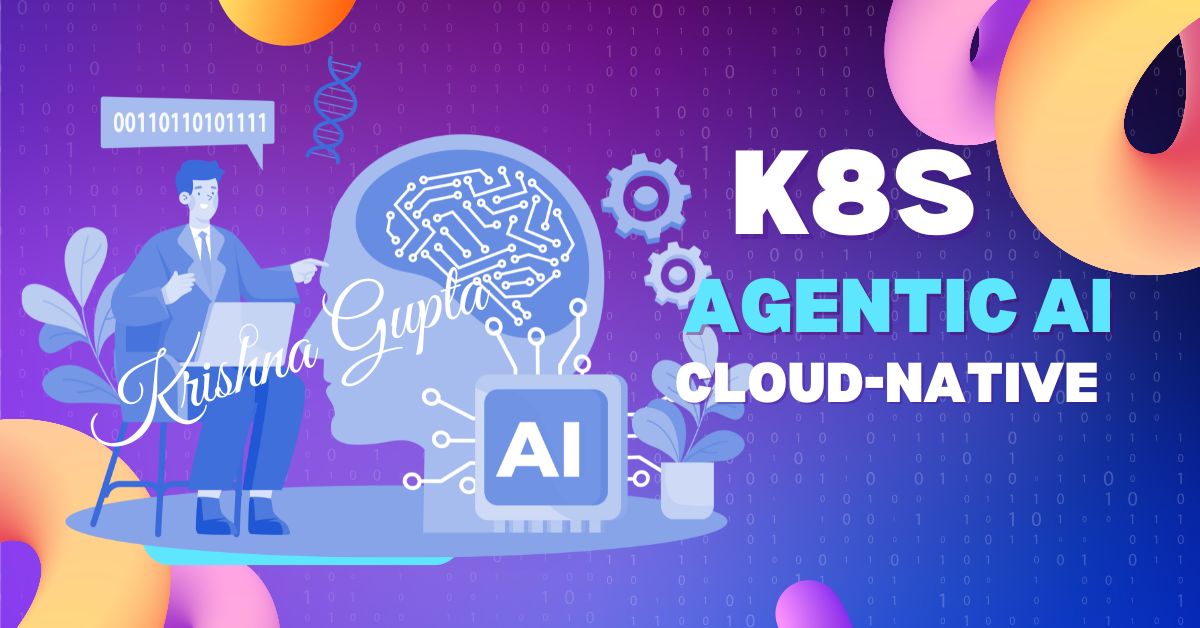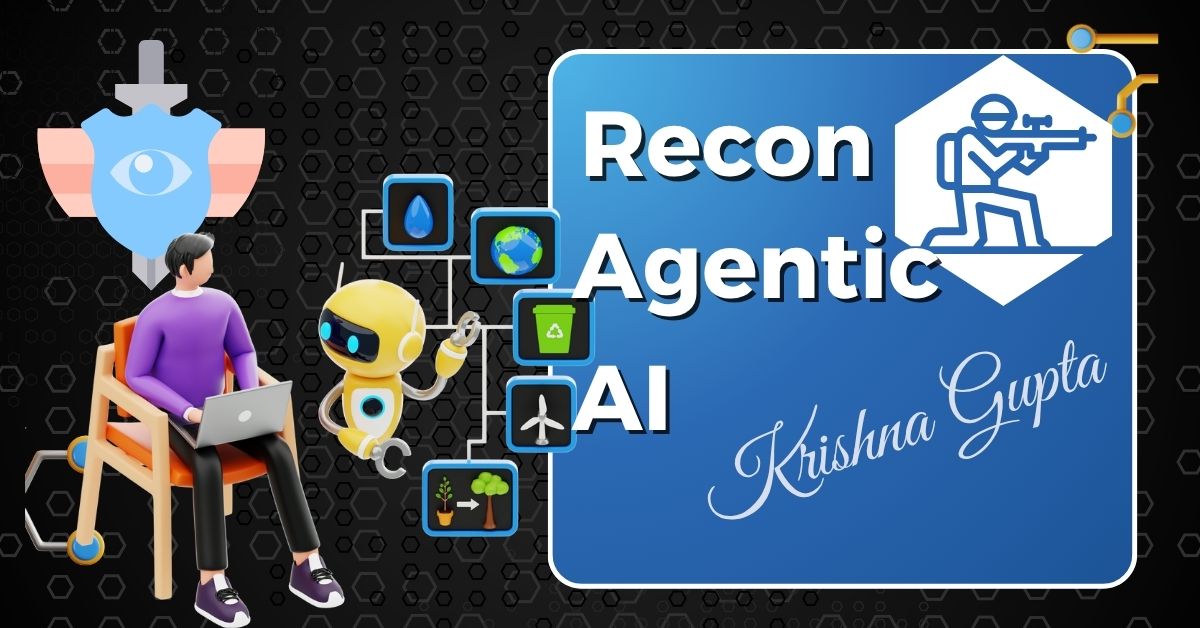Explainable AI in VAPT: Unpacking Business Logic for Penetration Testers
In the ever-evolving cybersecurity landscape, penetration testing (pentesting) has transitioned from being a compliance checkbox to a strategic imperative. With Explainable AI (XAI) entering the cybersecurity fold, particularly within Vulnerability Assessment and Penetration Testing (VAPT), there’s a transformative opportunity for businesses to align security outcomes with strategic insights. But the real question is — can Explainable AI truly assist penetration testers in understanding business logic vulnerabilities?




